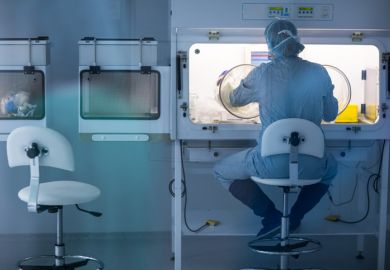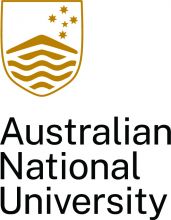Australia’s university workforce is more dedicated to research than ever before, but curiosity-driven research has become the smallest ever part of its mission.
A new report says the share of research spending channelled into pure basic research has halved over the past three decades. And outlay on basic research has declined in real terms over the past decade, even though research expenditure has risen substantially over that period.
Meanwhile, the proportion of academics with research-only roles has tripled since 1992, reaching 36 per cent of the university research workforce in 2021. The coronavirus pandemic intensified this trend, with most job losses in teaching-research positions.
The figures appear in the sixth edition of Australian National University policy analyst Andrew Norton’s Mapping Australian Higher Education series – the first since he left the Grattan Institute thinktank in 2019.
Professor Norton said the “very strong push to meet industry needs rather than pursue more blue-sky research topics” was part of a longstanding trend of policy shifts dictated by the demands of government and business rather than students or academics.
Broad-purpose block grants had declined in favour of “more specialised” research funding streams, he said. “Government has become much keener to know what it’s getting for its money than it was in earlier times.”
He said the shift to applied research was curious given universities’ declining reliance on public research grants. “Government is now a less important funder of research than it [was] 20 or 30 years ago. You would think that the universities have more of their own research funding that they can use as they please, but it hasn’t been used on the whole on basic research.
“Government sets the lead even though it’s not dominating the funding. [It] has a greater influence on what [universities are] doing than the funding alone would suggest.”
The report speculates that the lion’s share of some A$5.7 billion (£3 billion) of “unexplained” research expenditure is generated through teaching profits, mostly from international students. Professor Norton said this revenue stream had “propped up” a teaching-research employment model that was “no longer supported” by the funding system.
“If you go back to the early 1990s, most of the money came through an operating grant that was both for teaching and research. Over the decades, those two things have been split into two respective functions…with no guarantee that these will align at university faculty or individual academic level.”
This explained why the pandemic-induced decline in international enrolments had caused such steep job losses among teaching-research academics, even though student demand had risen in the early stages of the pandemic.
The report says the university research workforce declined by 4 per cent in 2021, “reflecting financial losses from fewer international students”. Universities’ international tuition fee revenue declined by 6 per cent in 2020 and 8 per cent in 2021, according to institutional financial accounts.
The report shows that public confidence in Australian universities declined by 10 percentage points between 2019 and 2023, notwithstanding the sector’s contribution to the Covid-19 health response.
Professor Norton said this could reflect dissatisfaction with online learning, underpayment of casual academics or universities’ involvement in “culture war” controversies. But he noted that similar declines in confidence had occurred in 2005 and 2016. “It might just be some temporary period of negative publicity.”
Register to continue
Why register?
- Registration is free and only takes a moment
- Once registered, you can read 3 articles a month
- Sign up for our newsletter
Subscribe
Or subscribe for unlimited access to:
- Unlimited access to news, views, insights & reviews
- Digital editions
- Digital access to THE’s university and college rankings analysis
Already registered or a current subscriber? Login










